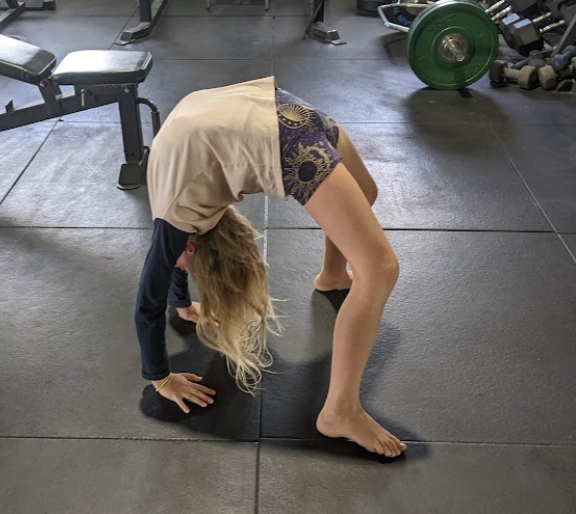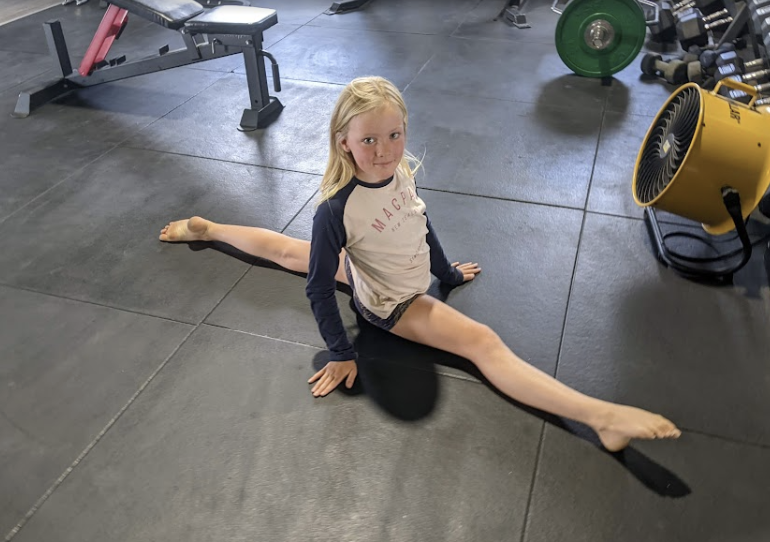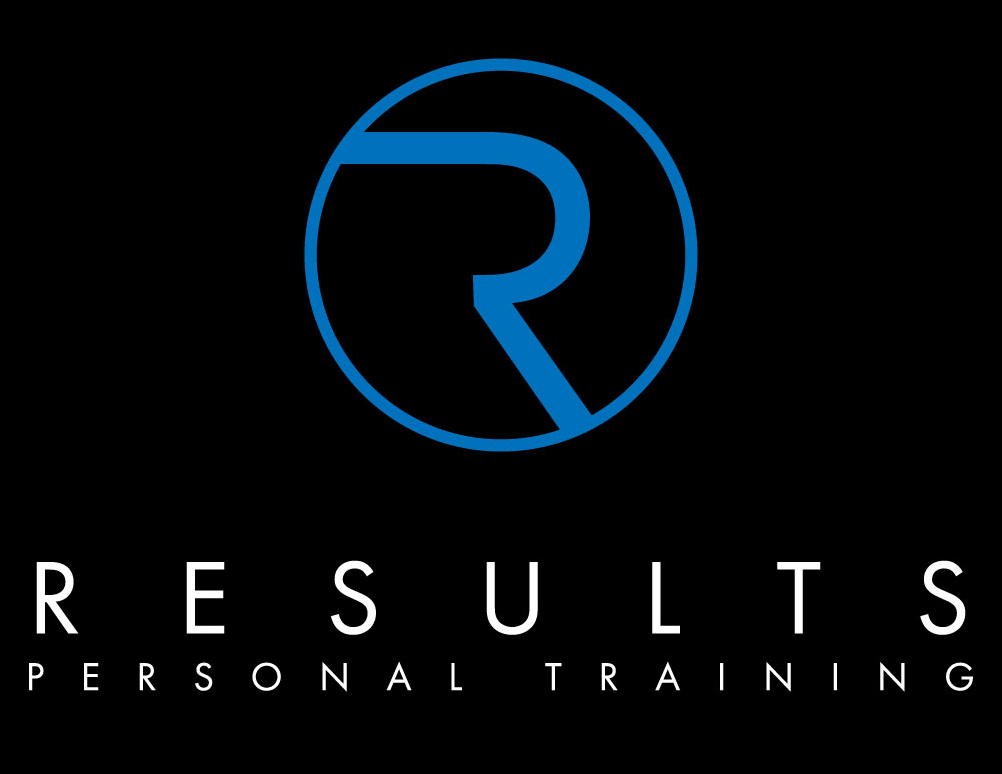Are you hyper-mobile? What it really means for you

Some people can touch their thumbs to their forearms, lock their knees backwards, or fold themselves into positions that others can’t even imagine. This is called hypermobility and you may have it without realising.
A simple way to check is the Beighton Test, which measures flexibility in different joints. Scores vary, but the higher the number, the more hypermobile you are. It’s important to remember: hypermobility isn’t always obvious. Sometimes the body actually “applies the handbrakes” by tightening up areas like your hamstrings or hips. In a sense, your body is keeping you from being a floppy fish so you can stand tall and move through the world.
Here’s where it gets interesting… bendy people don’t usually need to train mobility..it just happens. They’ll often sit on the ground to watch Netflix and, without even thinking, end up stretching their hips, twisting, folding, or contorting into some new position halfway through the latest season of Love is Blind. For Lucy Goosey Mobility comes naturally; it’s like breathing.
But that doesn’t always mean performance. Take squats, for example. You’d think someone with all that flexibility would squat beautifully. Yet many hypermobile people struggle with squats.. not because they lack mobility, but because their core stability is often weak. When the body senses it doesn’t have enough control or strength to get out of the bottom position, it throws on the brakes. The hips tighten, the squat feels restricted, and the movement ultimately breaks down. It’s not a flexibility issue..it’s a protective mechanism. And it’s not just squats. Any exercise can be compromised by lack of integrity within the system.
On top of that, hypermobile people can often be a little clumsy. Without the stability and control to back up their range of motion, they’re more likely to trip, fall, or roll an ankle. The “looseness” in their joints sometimes lets them get away with these injuries (a rolled ankle might not feel as bad because of the stretchy ligaments and tendons), but it also comes with higher risk. Joint dislocations, sprains, and instability are more common when there’s less structural integrity holding things in place.
That’s why bendy people often gravitate to yoga or other flexibility-driven practices..they’re naturally good at them. But what feels easy isn’t always what’s best. Constantly pushing deeper into flexibility without stability can make the problem worse.
And let’s not forget the influence of social media. Right now, your feed is probably full of mobility drills, stretch routines, and mobility “hacks.” Mobility is a hot topic..but here’s the truth: if you’re already a fish, you don’t need more water. If you’re hypermobile, you don’t need more mobility..you need strength and control so you can actually own the ranges of motion you already have. Just because social media says you need more mobility doesn’t mean it applies to you. That’s why a simple movement screen is always a better starting point to know whether you’re a Lucy Goosey or a Trevor Tighty. Remember: social media has given us a world of mobility gurus…but as I like to say.. When you have a hammer, everything looks like a nail.

The real solution? Strength training. Building strength and control gives the joints the support they need, which reduces the body’s need to throw on those protective handbrakes. Strength is what allows hypermobile people to find that sweet spot where mobility meets stability.
This is something I remind my daughter Milly (who’s very hypermobile) all the time: her job in life is to find stability and control. That’s her balance point.

And here’s another fun observation: bendy people tend to love being close to the ground. They naturally gravitate toward twisting, bending, and stretching down there, not only because it’s easy, but because their nervous system thrives on touch. Whether it’s another person’s hand or the feedback of the floor, hypermobile bodies seem wired to seek that tactile input.
So if you discover you’re hypermobile, think of it not as a gift or a curse, but as an invitation: to learn control, build strength, and create balance between movement freedom and movement integrity.

Recent Comments